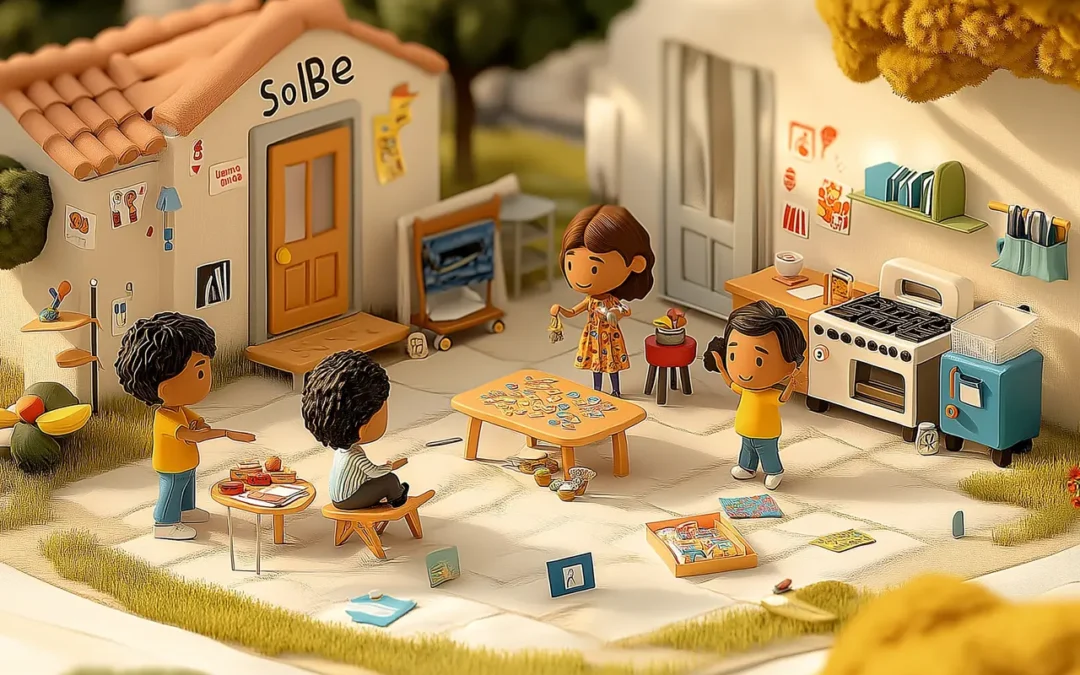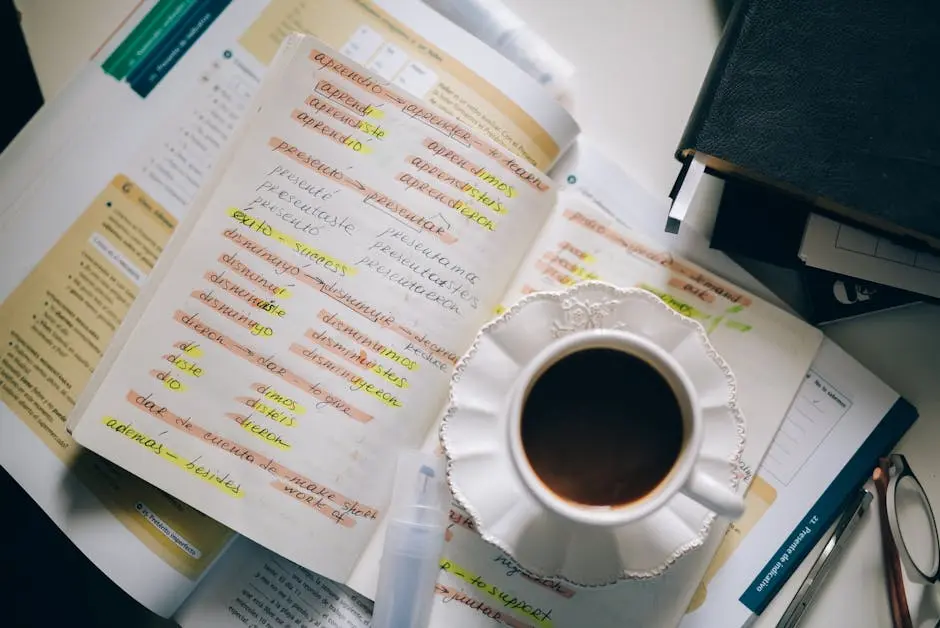Exploring new languages opens doors to diverse cultures and opportunities. Spanish, being one of the most spoken languages worldwide, offers vast potential for personal and professional growth. Whether you’re a beginner eager to dive into the language or someone looking to brush up on your skills, learning Spanish at home can be both effective and enjoyable. Here are ten creative and engaging ways to seamlessly integrate Spanish language learning into your daily routine, making the process enjoyable and far from monotonous.
1. Kick-Start Your Day with Spanish Music
Begin your day on a melodious note by integrating Spanish music into your morning routine. Whether you’re brewing coffee or getting ready for work, playing upbeat Spanish tunes can set a positive tone for the day. Artists like Shakira, Enrique Iglesias, or reggaeton hits can immerse you in the rhythm and passion of Spanish music, making it an enjoyable way to learn. This celebration of Spanish and Latin music can enrich your vocabulary and give you insights into Spanish-speaking cultures.
2. Cook Your Way to Spanish Fluency
Transform your kitchen into a classroom by cooking Spanish recipes. Websites like SpanishDict.com offer culinary guides and Spanish-language cooking videos. Experiment with dishes such as paella, tortillas españolas, or tapas, and learn the names of ingredients and cooking instructions in Spanish. Cooking provides a sensory-rich learning experience that can enhance memory retention of new words and phrases.
3. Label Your Home with Spanish Words
A simple yet effective way to learn new vocabulary is by labeling items around your home with their Spanish names. This method, inspired by immersion techniques, can help you learn organically as you go about your day. From ‘la puerta’ (door) to ‘el refrigerador’ (refrigerator), this practice turns your living space into a dynamic Spanish language learning environment. It’s a fun activity that families can do together to enhance their language skills.
4. Turn Game Night into Spanish Night
Board games and card games offer a fun way to practice Spanish with family and friends. Transform game night by playing Spanish versions of popular games or trying new games from Spanish-speaking countries. This not only boosts your vocabulary but also improves your ability to think and respond quickly in Spanish. Check out options like ‘¡Dígame!’ which is similar to ‘Taboo’, but in Spanish, creating a playful and competitive environment for language learning.
5. Dive Into Spanish Literature
If you enjoy reading, immerse yourself in the rich world of Spanish literature. Start with children’s books or short stories to get accustomed to the language structure and vocabulary. As you gain confidence, move on to contemporary novels or even classics by authors like Gabriel García Márquez. Online resources and local libraries often have Spanish-language sections, offering a treasure trove of reading materials that can enhance your understanding and appreciation of the language.
6. Spanish Mobile Apps—Learn on the Go
In today’s digital age, learning Spanish can be as easy as downloading an app on your smartphone. Apps like Duolingo, Babbel, or Memrise make language learning accessible and engaging, offering lessons on vocabulary, grammar, and conversation. Many apps are designed to feel like games, with levels to unlock and achievements to earn, making Spanish language learning an enjoyable part of your daily routine.
7. Practice with Spanish TV Shows and Movies
Watching TV shows and movies in Spanish is an entertaining way to immerse yourself in the language. Streaming platforms like Netflix offer a wide range of Spanish-language content across genres. Start with subtitles in your native language, and as you become more comfortable, switch to Spanish subtitles to improve listening skills and comprehension. Shows like ‘La Casa de Papel’ can keep you glued to the screen while introducing you to idiomatic expressions and cultural references.
8. Host a Spanish-speaking Evening
Organize a Spanish-themed evening at home with friends or family. Encourage everyone to speak only in Spanish for the duration of the evening. Prepare Spanish dishes, play Spanish music, and enjoy activities like salsa dancing. This creates a supportive environment for practicing conversational skills and learning from each other, making mistakes, and improving together. It’s a social and cultural immersion experience that can significantly boost your confidence in speaking Spanish.
9. Create a Spanish Learning Buddy System
Pair up with a friend or family member who is also learning Spanish. Commit to practicing together, sharing resources, and encouraging each other’s progress. You can hold weekly meetings to converse in Spanish, share learning tips, and discuss your challenges and successes. This buddy system creates accountability and makes the journey more enjoyable. Through mutual support, both of you can reach your Spanish language goals faster.
10. Start a Spanish Journal
Keep a daily journal in Spanish to practice writing skills and express your thoughts and experiences. It doesn’t have to be perfect; the goal is to practice structuring sentences and using new vocabulary. Over time, you’ll notice an improvement in your ability to express complex ideas in Spanish. This personal record of your language learning journey can also serve as a motivational tool, showing you how far you’ve come.



